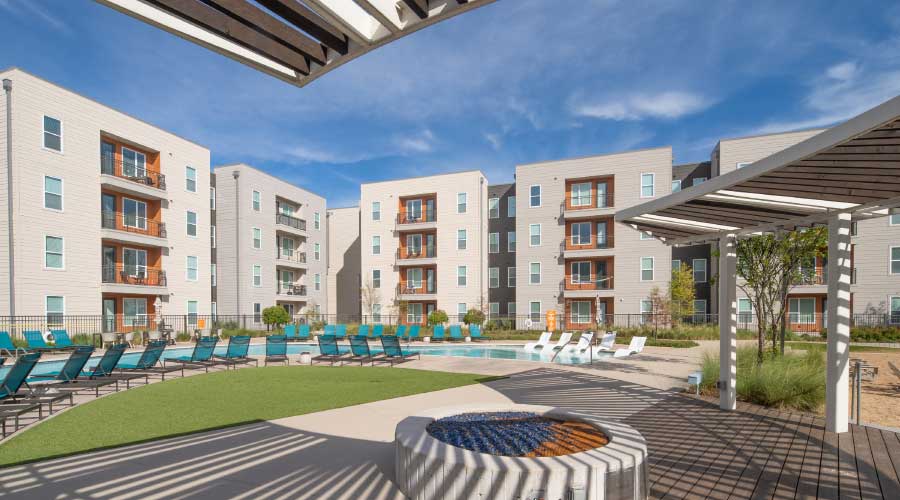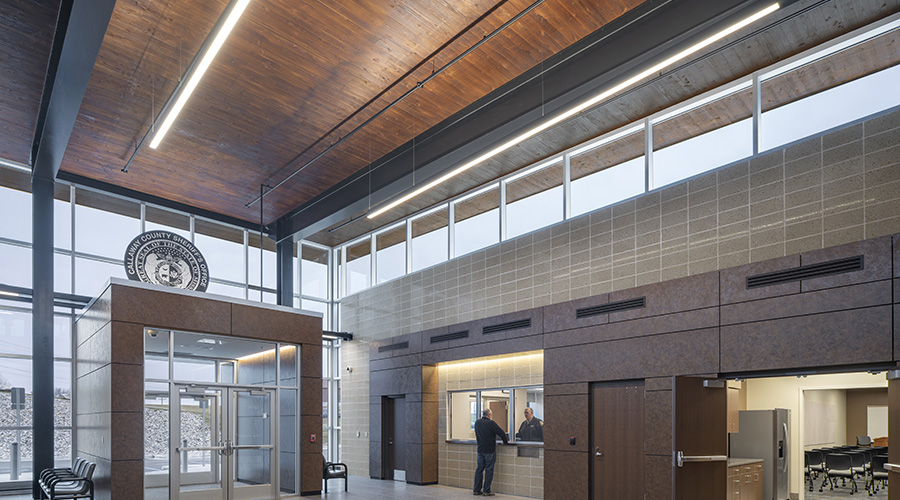Avoid These 5 Pitfalls When Planning Access Control
Although the tight economy of the past few years continues to prompt many building owners and managers to take a careful look at planned investments, one area that appears ripe for growth is the access control market. After all, most building occupants want to know they're secure. Research by Markets and Markets shows the global market for electronic access control systems growing by 7 percent between 2012 and 2017, reaching $16.3 billion by 2017.
Facility managers charged with implementing a new access control system will want to do all they can to avoid mistakes. Of course, that's true of any implementation. However, mistakes can be particularly troubling with access control systems because they're so visible, says Patrick Wood, principal and senior consultant with Security Options and Solutions. "With access control, people touch it every day; they use their cards to get in." The implemented system needs to secure the building, yet still allow occupants to move about as needed.
Here are five pitfalls that facilities managers will want to avoid as they work to choose, design and install access control systems.
1. Neglecting to properly assess current and future needs, and technical capabilities. When replacing an older system with an updated one, it becomes tempting to simply remove the current system and replace it with newer devices, retaining the same general configuration. While that might suffice, it also means foregoing the opportunity to re-assess a facility's security needs, as well missing out on the features that might not have been possible even a few years ago, says Harold Gillens, president of Quintech Security Consultants.
He provides an example: Some of today's systems can link a facility's security cameras to the floor plan. That can be valuable if, for instance, emergency responders need to track a dangerous individual as he or she moves within a facility.
Another mistake is overlooking the benefits of technology that works with both the existing components of a system and new technology as it emerges, says Frank Pisciotta, president of Business Protection Specialists. That is, a new system that can read both existing and new access cards eliminates the need to "re-badge" all employees. "It's not that much different in costs, but it provides tremendous flexibility" when migrating to the newer credentials, he says.
Remember that access cards are evolving, from bar code and magnetic stripe technology to smart cards and, in some cases, near-field communication. So a facility manager considering an upgrade will want to install a reader that works with new technology as it emerges, Pisciotta says.
2. Overlooking code compliance. "Inattention to building codes, in my experience, is the number one cause of major delays, cost overruns, and extended security lapses on access control system installation projects," says Ken George, president of Caprock Consulting Group. To be sure, code compliance often becomes complicated, as it requires access control systems to balance concerns about fire safety, and the need to ensure that individuals can quickly exit a building when necessary, with the need to thwart access to individuals who shouldn't be in a facility in the first place.
In high-rises, for instance, codes typically require stairwell doors to be positive-latching. That is, they need to mechanically latch into the door frame and not simply swing free into the stairwell when pressure is applied on the inside of the door. That way, if a fire burns inside the space, the pressure created by the heat won't push open the door, allowing smoke and other contaminants into the stairwell, George says. In addition, fire codes usually require doors to unlock automatically when a fire alarm is activated, and exiting through the doors can't require more than one motion.
If these requirements are not identified and addressed early in the design process, the effort to meet them "can be catastrophic to the schedule and budget," George says. Even if a code inspector looks the other way, the liability doesn't disappear. "If there were ever a fire or other event and people couldn't get out of the building, the building owner or manager would be legally liable," he notes.
Related Topics:













